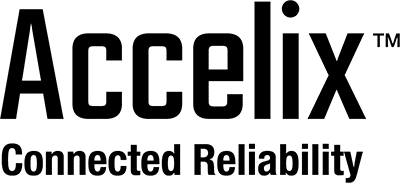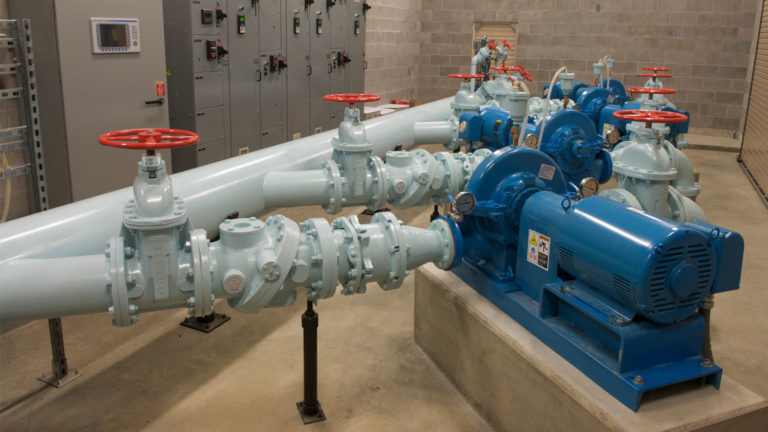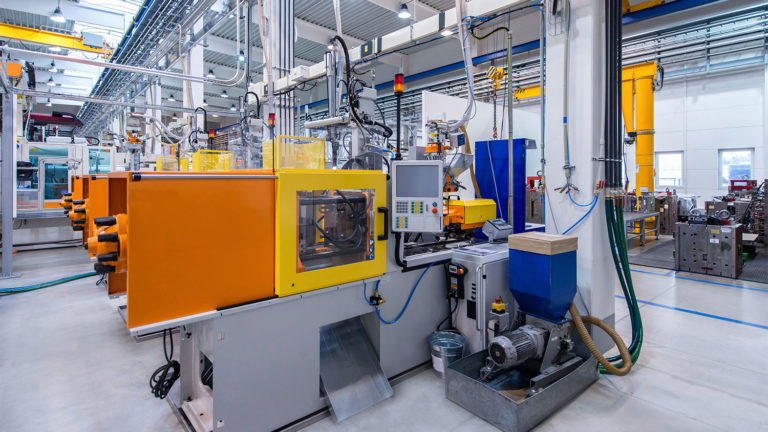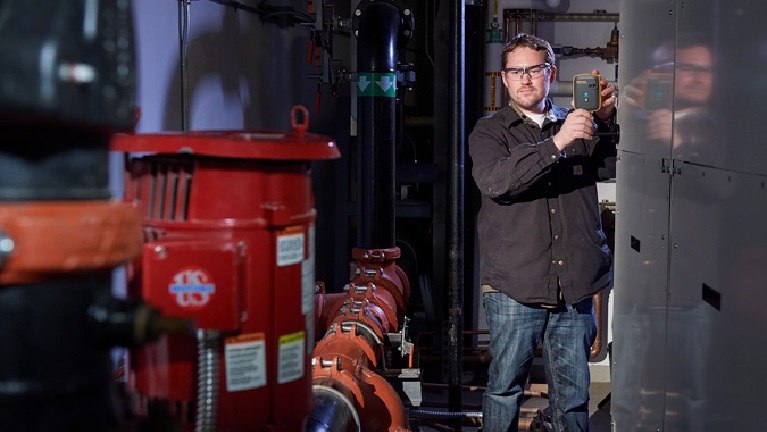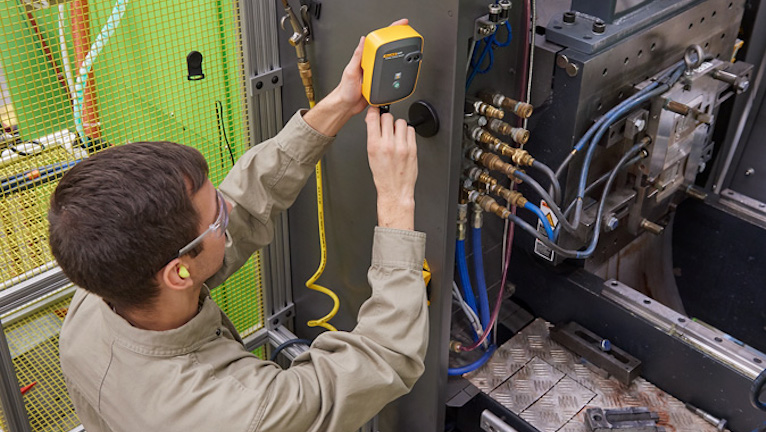Connected reliability – a hot topic
Kevin Clark discusses the general concept of connected reliability in a Pumps & Systems podcast with Host and Managing Editor Drew Champlin.
Clark explains it simply. He says that connected reliability is getting data that’s locked in someone’s head, for instance, such as a maintenance or facilities technician. Or it’s getting that data that’s maybe lost in some filing cabinet or trying to get that data that may be trapped in a control system or an asset. Connected reliability starts to bring all of those things together into one place so that a rich environment can be created for the technicians out on the floor.
Clark believes connected reliability can make maintenance easier by making the technician’s environment as rich as possible. He says Fluke has focused on the technician over the past 70 years, and as organizations grow in the digital world, the focus remains on the technician. Connected reliability allows technicians to do the job on the move as data is brought together in a mobile environment. The technicians can see failures in advance and take action ahead of time.
Clark believes that sometimes some of the difficulties dealt with on the plant floor include not having everyone utilize the same technologies—he explains that this is referred to as connecting the unconnectable. Clark says tools are available, like Fluke tools, that allows assets to actually come to life after decades of no conversation with that asset.
Imagine your maintenance technician who has dealt with assets for decades and repaired the asset over and over and kept it up and running but has never been able to predict to see a failure on its way. Clark says it’s amazing to watch when the technician can suddenly see vibration data, temperatures or thermal images of a bearing beginning to overheat. The data is telling them something they always knew, but they just didn’t have the data to support that the asset was going to fail.
In an article featured on Flow Control, Michael Watson, a Fluke Accelix product application specialist, elaborates on remote, wireless sensors and how these sensors help facilities successfully use the Industrial Internet of Things (II0T) for maintenance efficiency.
Watson says many factors have limited IIoT adoption including the historically high cost of condition monitoring hardware and software, limited access and flexibility of information technology (IT), different data streams, buy-in to new tactics, and the idea that the time involved to move in that direction seems insurmountable.
Watson explains that connected reliability is a result of facilities needing a framework for connecting assets, systems and people, and then turning data into insights. He highlights the benefits of thermal imaging sensors, vibration sensors and power monitors.
Frederic Baudart, CMRP, lead product application specialist for Fluke Accelix, further discusses connected reliability in an article featured on Water Technology, and he focuses on vibration sensors. He discusses connected reliability specifically for teams managing water and wastewater and explains that a connected reliability framework should consist of three essential elements for proactive strategies: comprehensive data collection, end-to-end connectivity and empowered teams.
Baudart says connected tools and sensors—with condition monitoring software—offer comprehensive data collection and can help reduce many problems.
Vibration monitoring is a key way to detect and prevent equipment failure or downtime. Baudart explains that vibration screening with triaxial sensors can detect abnormalities caused by four primary faults that could result in damaged or failed rotating assets. He believes these easily installed sensors can become a first line of defense and an early warning of conditional changes.
Baudart’s full article can be found here, and Watson’s article can be found here. Also, listen to the full discussion with Kevin Clark above or visit the Pumps & Systems podcast.
